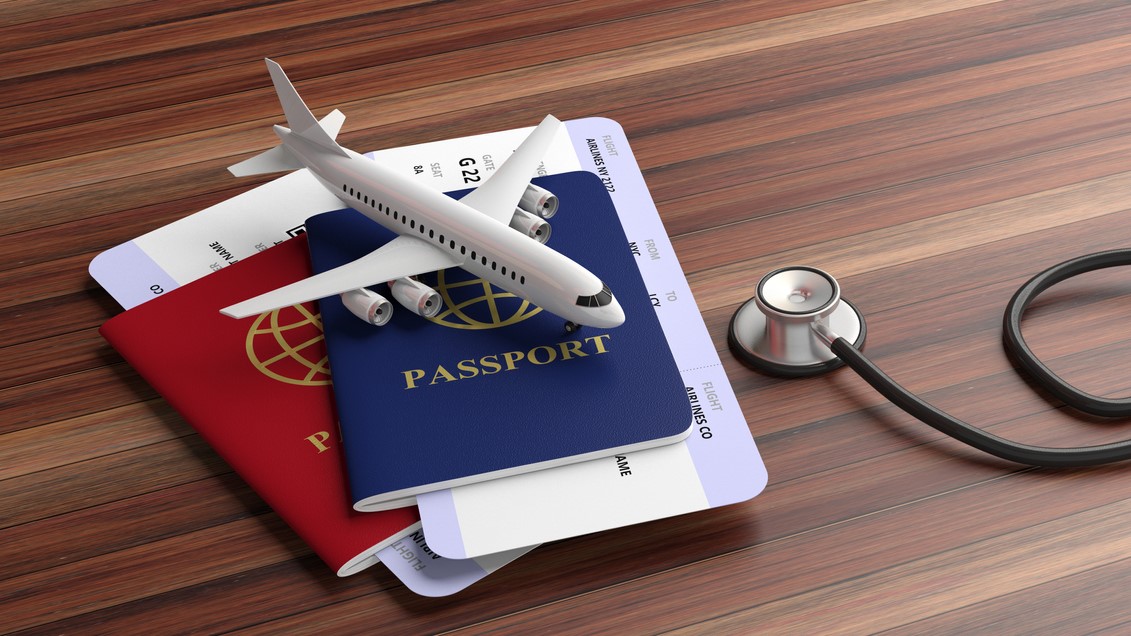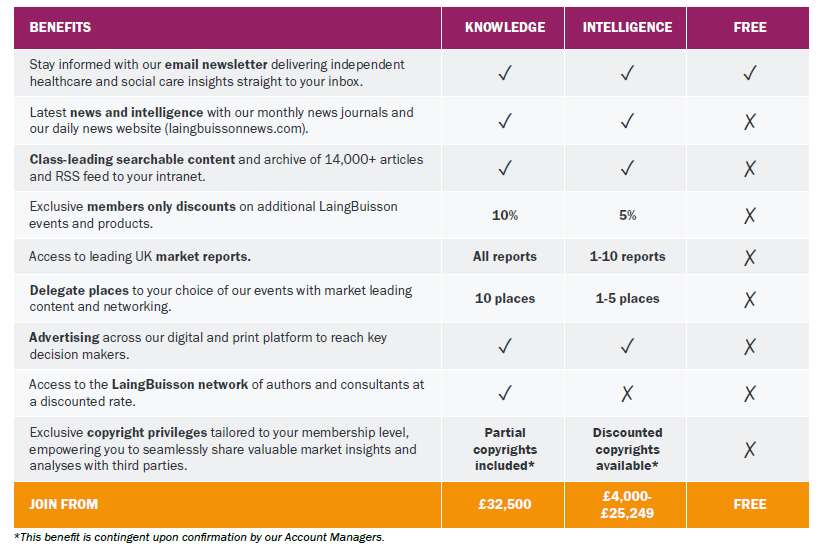Nine out of ten medical tourists would recommend treatment abroad to a relative or friend
The first edition of LaingBuisson’s IMTJ Medical Tourist Survey highlights the positive experiences of patients who have opted to travel abroad for treatment. In a survey of over 1,000 medical tourists, nine out of ten would recommend treatment abroad to a relative or friend.
The IMTJ Medical Tourist Survey 2019 provides insight into the nature of medical tourists – who they are, where they are from, why they travel, what they spend and what they think of the customer and patient experience. The report highlights the diverse nature of the market – a complex mix of market niches with differing motivations and influencing factors – and the good and bad aspects of the international patient experience.
The Survey collected quantitative and qualitative data on the patient experiences of over 1,000 medical tourists who travelled abroad for treatments such as cosmetic surgery, dental treatment, infertility treatment, and orthopaedic surgery. 35% of the survey respondents were from the UK.
- Czech Republic was the leading destination, followed by Turkey, Thailand, Poland, Hungary and Spain.
- For respondents from the UK, Czech Republic, Poland and Turkey were the top destinations, followed by Hungary, Spain and Belgium.
- Hungary is, by far, the leading destination for dental treatment (21% of all dental tourists and 34% of UK dental tourists).
- Cost saving was the most important reason for travelling abroad. 38% of respondents said that they saved £5,000 or more by travelling abroad for treatment. The biggest cost savings were reported by dental patients.
- Levels of satisfaction with the experience of treatment abroad were high. 85% of respondents would definitely or probably go abroad for treatment again. Nine out of ten respondents are likely to recommend going abroad for treatment to a friend or relative.
Report author, Keith Pollard, said:
“Despite great hopes, the medical tourism market has failed to deliver on the early expectations. However, our latest report shows the progress that is being made in delivering an outstanding international patient experience and overcoming the cultural and language barriers that concern medical tourists. There are some areas in need of improvement, notably follow up care and post treatment communication. This report gives a clear indication of those areas that we need to fix, if we are to drive sustained growth in medical tourism.”







